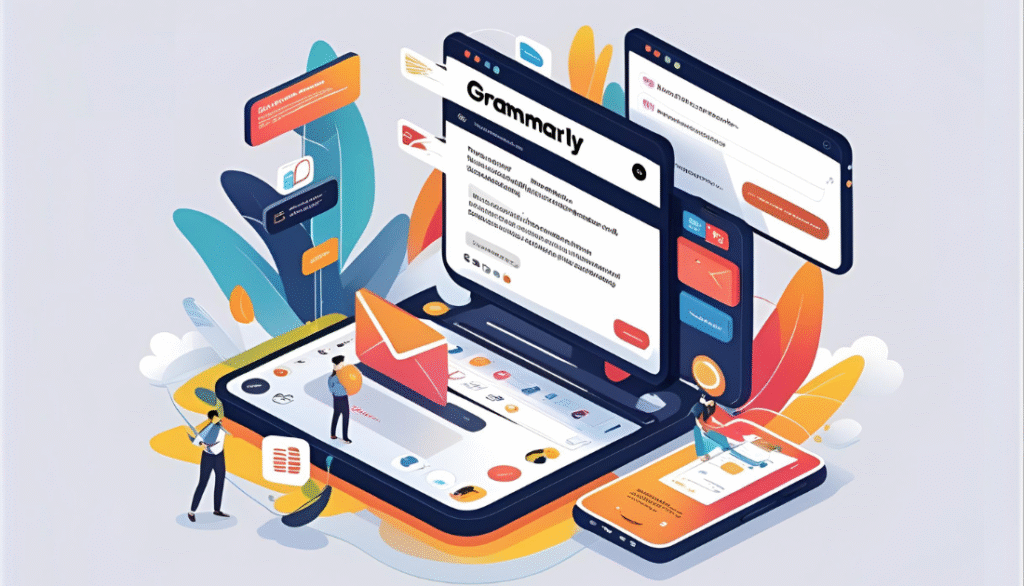Grammarly, best known for its AI-driven writing assistant, has announced plans to acquire Superhuman, an AI-native email application.
Highlights
- Strategic Move: Grammarly is acquiring Superhuman, a fast, AI-native email client.
- Email as a Priority: Email is Grammarly’s number-one use case, with its AI already processing over 50 million emails weekly across 20+ email clients.
- Why Superhuman? They will strengths in AI-driven email completion, follow-up suggestions, and intelligent categorization align with Grammarly’s productivity vision.
- Deeper AI Workflow Integration: Grammarly aims to move beyond surface-level AI features seen in other email apps, building native AI tools for scheduling, research, task management, and full-length drafting directly within the inbox.
- Financial & Operational Details: Superhuman, last valued at $825M in 2021, brings in ~$35M annual revenue. Over 100 employees, including CEO Rahul Vohra, will join Grammarly, though they will retain its brand and roadmap.
- User Impact: Superhuman users already report sending 72% more emails per hour and a 5× increase in AI-assisted email composition over the past year.
- Future Vision: Grammarly plans to embed specialized AI agents into Superhuman for workflows like sales, support, and marketing—transforming the inbox into a centralized productivity command hub.
Focus on AI-Integrated Productivity Workflows
The acquisition positions Grammarly to deepen its integration with everyday professional workflows, with email being a key focus.
According to the company, email is Grammarly’s “number-one use case,” with its AI already reviewing over 50 million emails per week across more than 20 email clients.
Grammarly sees this as an opportunity to build AI tools that work natively within environments where users already spend large portions of their day—rather than requiring them to switch between disconnected apps.
Why Superhuman?
Founded in 2017 and expanded to Android in 2023, Superhuman is known for its fast email interface and AI-powered features, such as:
- AI-generated email completions
- Smart follow-up suggestions
- Intelligent email categorization
Addressing Gaps in the Email AI Market
Grammarly’s leadership highlighted that while many email clients have added surface-level AI features, deep, seamless AI integration across workflows remains limited.
By bringing Superhuman into its ecosystem, Grammarly aims to deliver an “agentic productivity platform” where writing assistance, scheduling, task management, and even research tools can operate together—natively within the inbox.
Proposed future features,
- AI agents for email sorting
- Meeting scheduling directly from email threads
- Contextual research based on email content
- Full-length drafting of emails that match the user’s tone and voice
Strategic Context and Financial Background
Superhuman was last valued at approximately $825 million in 2021 and currently generates around $35 million in annual revenue. This acquisition follows Grammarly’s $1 billion funding round led by General Catalyst, giving it the financial resources for larger strategic investments.
As part of the deal:
- Superhuman CEO Rahul Vohra and over 100 Superhuman employees will join Grammarly.
- Superhuman will continue to operate under its own brand and roadmap, with added engineering and financial support from Grammarly.
Impact for Users
Superhuman has reported notable productivity benefits for its user base:
- Users send or respond to 72% more emails per hour
- A fivefold increase in AI-assisted composition usage over the past year
Grammarly believes this level of user engagement aligns well with its own AI usage patterns in the email space. The company plans to introduce specialized AI agents inside Superhuman, tailored for different workflows like sales, customer support, communication, and marketing.
What’s Next?
Looking ahead, Grammarly aims to integrate multiple AI agents that users can interact with simultaneously—positioning the inbox as a command center for broader productivity tasks.
This reflects Grammarly’s larger vision of creating an “AI superhighway,” combining writing support, task management, and real-time communication tools—all connected by AI.


